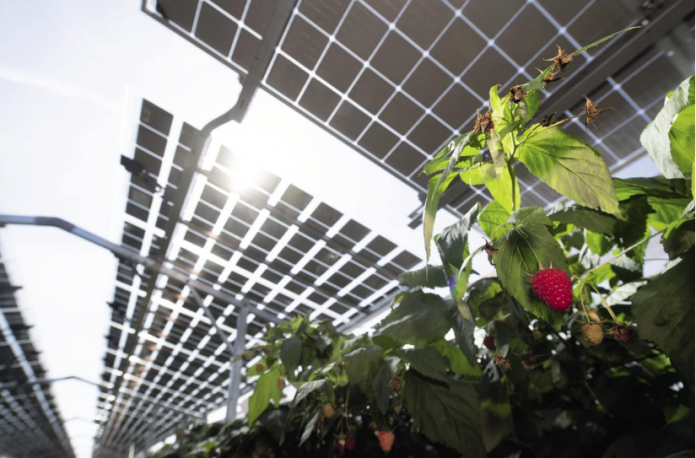The 3.77MW Soudia Agro Solar PV Power Plant will be located across 12.5 acres of land in the Pabna district in central Bangladesh. The estimated cost for the project is around US$7 million.
Developer Soudia Agro Solar PV Power Plant Ltd – a joint venture between Solarland China and local company Mostafa Motors – is expected to sign a power purchase and implementation agreement with the Bangladesh Power Development Board for the project on Dec. 29.
An electricity tariff of $0.1074/kWh has been set and the government will buy the generated electricity for a period of 20 years. The project is expected to be completed by next October and will be connected to the Bera-1 33/11kv PBS-2 Substation.
Chinese PV inverter manufacturer Huawei will supply its string inverters and smart transformer station for the project while the developer has invited tenders for the selection of an EPC contractor. No further supplier details were released.
The land for the project is classified as normal agricultural fertile land and the developer has it will introduce special technologies for the different types of agricultural work expected, including five specially designed solar mounting structures. It declined to elaborate further on these, however,
It did say a major portion of the area under the solar panels will be used for farming local chickens, ducks, goats, sheep, bees, and other domestic animals. Vertical crops will also be planted for different types of berries and a greenhouse is also expected to be installed, although no further details were disclosed on this either.
“Considering the scarcity of land in Bangladesh and high potentiality for solar projects, the combination of solar and agriculture will be the best choice here,” project director Abdul Gaffar told pv magazine.
Taking root
Since 2014, around 2,800 Agri-PV systems have reportedly been deployed worldwide, with a total capacity of about 2.9GWp. Regulatory frameworks and support schemes are already in place in Japan, South Korea, China, France, and Massachusetts, the US, and are reportedly under development in the Netherlands, Switzerland, Austria, Germany, India, and California, the US.
It wasn’t until 2019, however, that this niche market really began to take root. Over the past two years, research, policy discussions, and projects have gained traction, while the first agrivoltaics conference was held last October, attracting over 350 participants from 38 countries. In Q1 2021, pv magazine’s UP Initiative shined a spotlight on agrivoltaics in recognition of this emerging market. You can read a summary of our coverage here.






